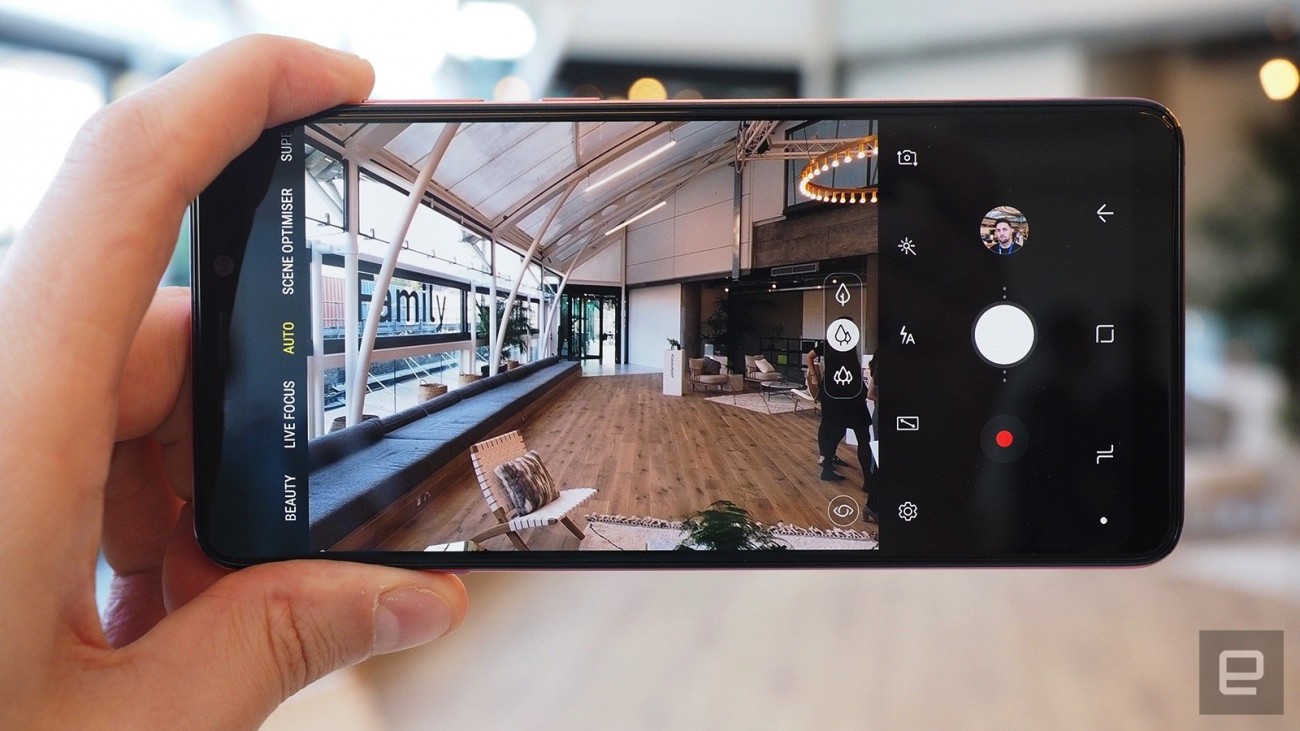The Promise
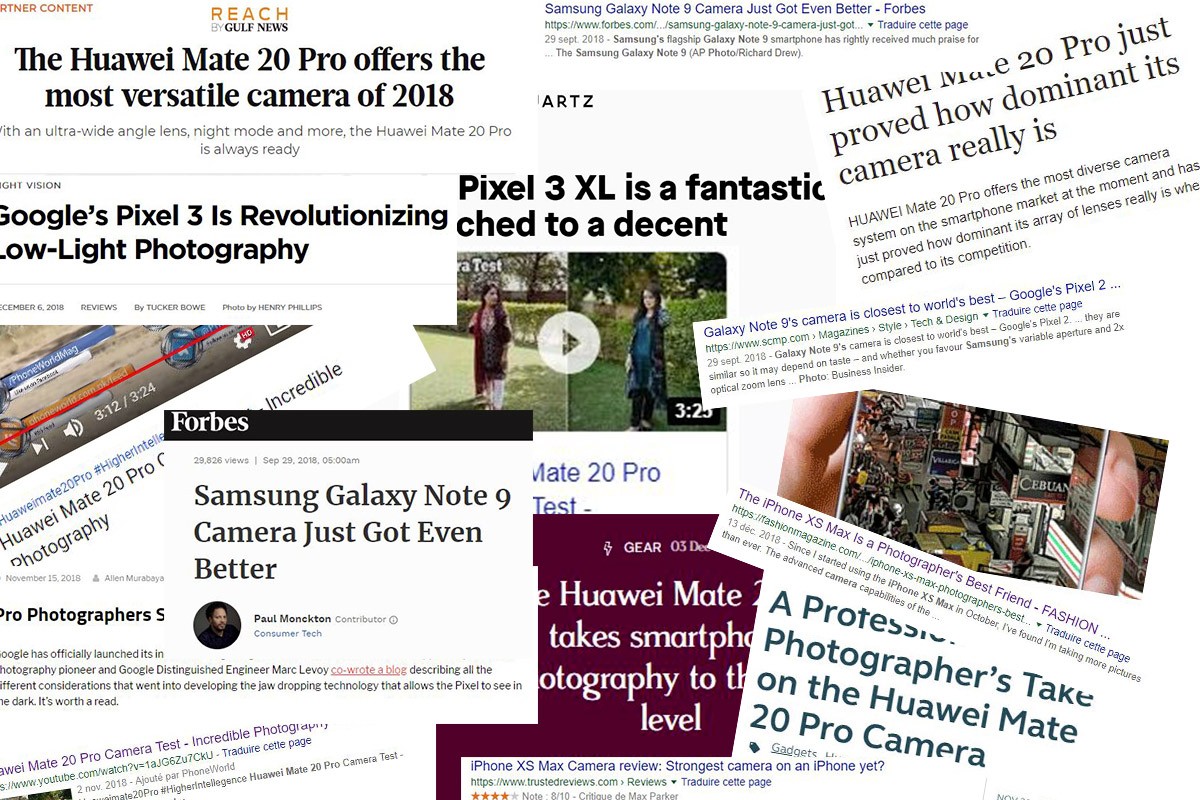
I see more and more articles and commercials extolling the merits and qualities of the pictures taken by our beloved smartphones. Titles and promises that have not fallen into deaf ears. My camera body and my smartphone are starting to show signs of weaknesses. But above all, I'm always curious about news coming from the photography world. To be honest, when I look at my phone after seeing a TV commercial of the latest Samsung, Apple or Huawei smartphone, these small technological jewels cleverly highlighted by the magic of the graphic animation and special effects, I look at it as if it was a stone brick or the most disgusting toilet brushes in the world. The crack that runs across the width of the screen has never seemed so dramatic. The screen protection that is not perfectly centered makes me crazy. The dust stuck in the hole of the protection for the front camera that I cannot remove, adds a whitish and fuzzy haze to all my selfies... How can I survive with such an abomination? The worst, I think, is the screen borders... Such boldness... This white edge, which I found beautiful at the beginning, leaves me completely dubious in comparison with the futuristic look of borderless screens...

It was under this frustrating feeling that I have decided to search for the best camera phone available on the market. Photo quality is one of the first selling arguments to stand out in this highly competitive sector. We are currently witnessing the proliferation of camera sensors in our phones. Monochrome sensor to assist the main sensor, bringing more details and contrast. Wide-angle sensors and sensors with a tighter angle to play with the depth of field by amplifying the bokeh (the fuzzy part that adds depth to the photo)... Two, three, four sensors on the back of smartphones... This trend is not about to stop. Unsurprisingly, it is in the high-end range that we find the most talented camera phones.

And I have not even talked about the front camera, which allows us to flatter our narcissistic side at any time of the day and for any occasions. Some even have the luxury of having a dual front sensor (Google Pixel 3, Iphone Xs Max) when other manufacturers are still betting on monster sensor definition. The boss in this area is the Huawei Mate 20 Pro with a 24-megapixel front camera (Mpx). That's as many pixels as the Nikon D 750, a full-frame professional digital single-lens reflex (DSLR). Without lying, I'm sometimes very surprised at the growing quality of pictures taking with our phones.

The legitimate question I asked myself was: what if I bought one of these camera phones instead of a new camera body? But first of all, I must check those commercial claims and especially about the picture quality of the camera phone compared to a conventional camera.
Marketing Smoke Cloud
It is very difficult for a consumer to not be fooled by marketing. What is marketing? It is a bunch of guys paid a fortune to showcase a product. They use everything they can to make a product appealing and initiate in us the desire to buy, to consume, using psychological techniques and aggressive communication strategies... I can see your skeptical face in front of your screen.

I'm going to give you an example. In the photography world, for decades, the pixel race was the engine of innovation and the prime sales argument. The more pixels a picture has, the higher is the quality. That is what we got told. It is only in 2014 that the trick was revealed thanks to Sony and its magnificent A7S specialized in low-light conditions with a sensor only provided with 12 Mpx while the tenor of the time the D810 of NIKON proposes 36 Mpx. The CANON 5DS, put on the market a few months later, has 50 Mpx. Despite all appearances, SONY has slapped all photographers’ faces with its technology and has spanked the two historic giants of the photographic industry... Now, back to smartphones.
Small Camera Sensors
In the jungle of characteristics, one must know how to distinguish the useful ones from the superfluous. Due to the nature of its shape, a smartphone cannot hold a large camera sensor. Remember that the sensor is the key element of photography, it captures the light. It goes without saying that the larger a sensor is, the greater is the amount of light captured and better are the color dynamics and the reproduction of details... Yes, size matters.

The format of the sensor implemented in our phones can not under any circumstances bear the comparison with digital cameras. The standard format of professional SLR is the full-frame, and it measures 24 x 36 mm. The most common format is, I think, the one that equip most of DSLR and hybrid cameras from the entry level to professional cameras, the APS-C format (25.1 x 16.7 mm). He is almost half the size of his big brother. It represents only about 55% of the surface area of a full-frame sensor. There is also the 4/3 format; with dimensions of 13 x 17.3 mm, it covers about 29% of a full-frame sensor.
Here is a small diagram to get a better overview of the size difference of sensor format. In parentheses, it is in percentage the comparison of the surface of the sensor to full-frame format.
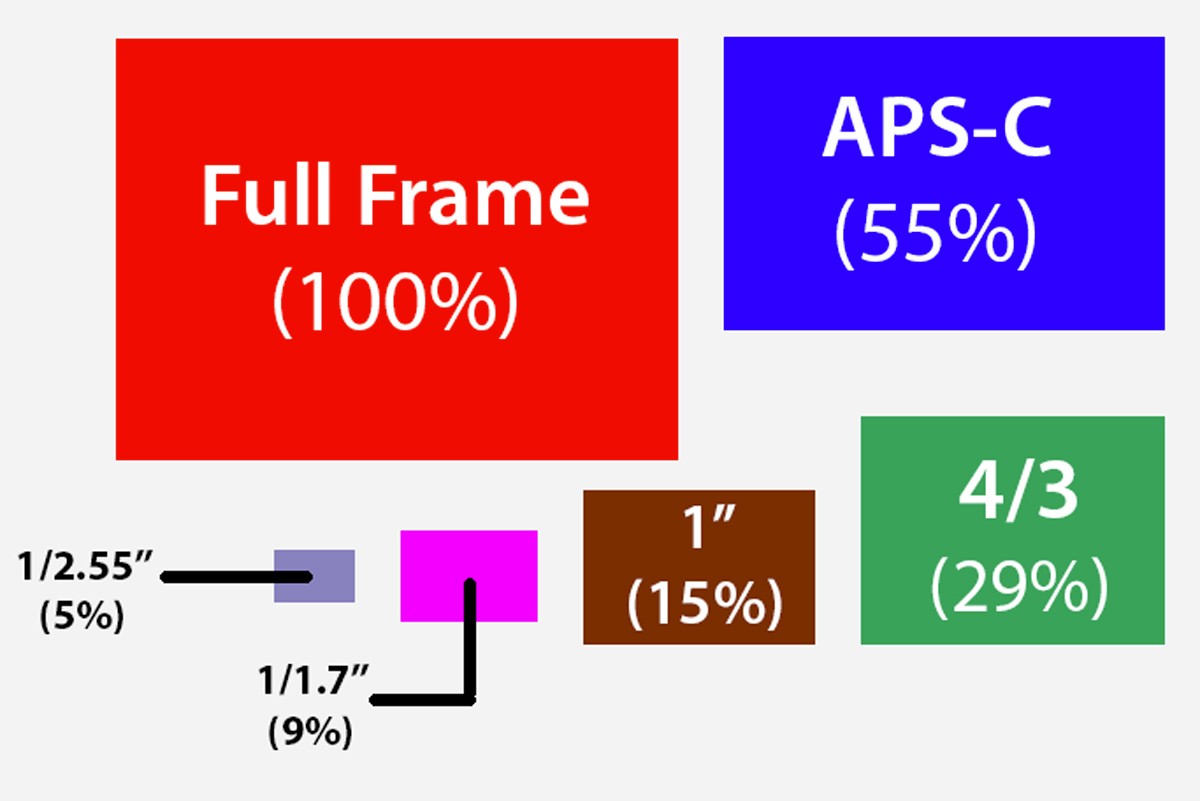
Want to know which format fits most smartphones? Look at the gray rectangle. At Apple, Samsung and Google, the main sensor (If there are several sensors, the main one is the largest sensor.) which equips their flagship products is a small 1/2.55'' sensor. The Huawei Mate 20 Pro, meanwhile, bears a larger 1/1.7'' sensor. But, we still very far from full-frame and APS-C sensors.
So, what's all this hype about the photographic capabilities of smartphones, they have tiny sensors...
AI & Software

For me, in photography, there are two distinct tasks: the shooting and all that relates to it such as the composition, the choice of the optics, the focal length, the aperture... In short, all settings preceding the shooting. This aspect of photography varies enormously depending on the quality of the material and the experience of the photographer.

Then the second job is the image processing. And that's where the magic comes from phone manufacturers. To overcome the limitations of small sensors in smartphones, manufacturers use algorithms, artificial intelligence (AI) to cut, assemble and merge images from all sensors, create depth of field, add blur or artificially accentuate details... Everything that a common person is unable to do or don’t want to do, but which is damn effective for the final rendering of a photo... At least, if we look at thOse pictures on the small screens of smartphones.
Indeed, small screens enormously flatter our pictures. A lack of sharpness goes unnoticed. Artificially accented details come to create the illusion of a sharper picture. They are flattering not only by hiding defects, but also by highlighting colors and contrasts that are much more pleasing to the eyes. But on a larger screen, these photos lose some of their charm.
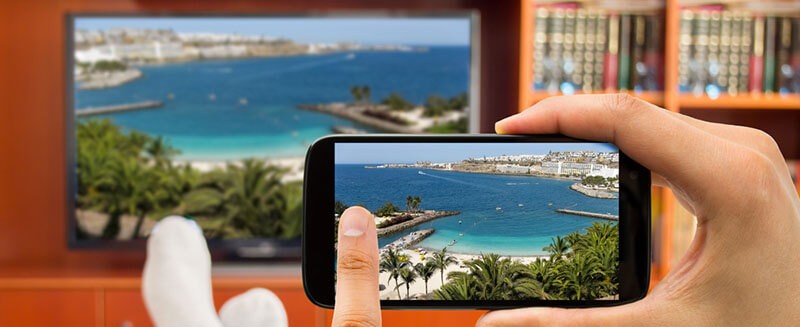
To update my camera equipment, I was looking at the new Fujifilm cameras, and I was seriously considering buying a camera phone instead. Because... you know, the consumer fairy has serious arguments.
Value for Money
In my research of the best camera phone, I came across the high-end of every major brand, namely, the Huawei mate 20 pro, the Iphone Xs Max, the Samsung Galaxy Note 9 and the Google Pixel 3... None of these devices falls below 700 euros. And for these prices, there are hundreds of cameras; from compact cameras to hybrids and DSLR that have a much better sensor compare to these photographic substitutes with their wizards’ image processing...
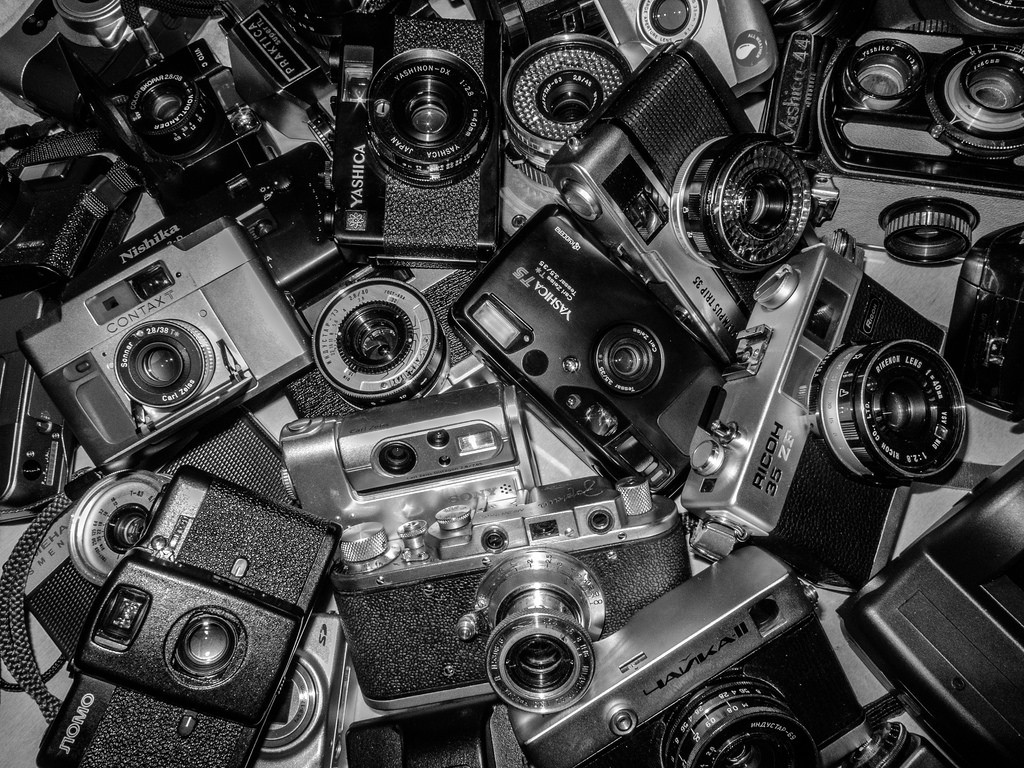
Do not get me wrong, the quality of pictures taken from smartphones mentioned in this article is good or very good under certain lighting conditions. Similar in quality to an DSLR camera or hybrid? Not really, but more than enough for social media, blogs and websites.

However, we must admit that the ergonomics of a smartphone does not fit well for the practice of photography. Pressing a mechanical shutter button is still very very pleasant. Since the acquisition of my Fuji X-T1 a few years ago, with its vintage look and all its wheels on the top, I regain pleasure to shoot, to adjust my camera in a snap and without going back into the menu.
Versatily is Key
Nevertheless, I can fully understand that some professionals might use their smartphones as a secondary camera. In two clicks, you can share everything on social media. Plus, there is a plethora of mobile apps for photos editing, adding filters in just a few seconds.

Then, we must not forget that the best camera in the world is useless if we do not have it handy when the time comes. Nobody leaves home without keys or smartphone. Weight and size are criteria that have pushed me to turn to hybrid cameras, so I can slip it into my bag and bring it everywhere with me. But sometimes, for the sake of convenience, my camera sleeps on a shelf while my smartphone, even with its cracked screen and white border, always has its place in a pocket or at the end of my arm. But hey, I still think that my next camera will not be a smartphone. Marketing, marketing, marketing, you almost got me...
It was my little consumerist thought of this beginning of the year. See you next week. Take care. Kisses,
Kitofoto
